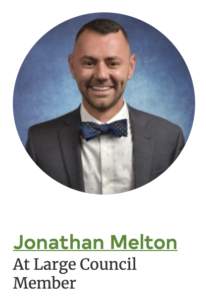
Weasel Conditions make it easy for Councilors to Speak with Forked Tongues.
Our recent Blog UpZoning 101 describes the basic elements of the zoning process in Raleigh, focusing on how money and politics often tip the zoning process in the developer’s favor. The blog lists 5 political lessons of the Shelley Lake upzoning that neighbors learned the hard way.
This discussion of Weasel Conditions is a case study of how the Z-41-19 developer and complicit Councilors weaseled the meaning of Zoning Condition #8 to create a misleading narrative, suggesting the upzoning would offer significant environmental protections, when in fact, it did not.
What are Zoning Conditions?
A developer needs a rezoning to increase permissible densities on a tract in order to build a project that may well be good for the community. The neighbors have legitimate concerns about the impact this more intensive development would have on the quality of their neighborhood and their property values. Discussions between the developer, neighbors, planning board, and town council indicate a workable compromise might be possible.
Weasel Conditions are False Promises
Councilors Promote the False Promise
The Shelley Lake upzoning (Z-41-19) contains a classic weasel condition that was promoted falsely as a 215 foot tree buffer. Councilor Melton (an attorney) referenced the weasel condition in his glowing newsletter, citing it as a reason for supporting the density increase:
Melton’s Weasel Promise: “We approved a rezoning to allow 112 residential units near Shelly Lake Park. … Because they were asking for additional density, they offered certain conditions to protect the park, such as a 200+ foot tree buffer”
Condition 8. “For those properties identified as Lot 3E, Lot 3F and Lot 3G, there shall be no principal building located within 215 feet of the Shelly [sic] Lake property (PIN 1706-08-7302).”
Buffkin’s Weasel Promises:
• At Council: “The current zoning does not provide nearly the protections [as the Z-41-19 zoning condition] for the lake property”• In his Newsletter: “There will be a 215 foot setback on the back of the property, next to Shelley Lake.”
• In the Press: “Buffkin says he signed off on the development because it provides transitions and buffers between the lake …”
Mayor and Councilors Ignore Expert Evidence of the False Promise
Instead, Council continued to promote the false narrative that the additional density was justified in return for a “200+ foot tree buffer”. Either they weren’t doing their job: to read constituent emails and zoning conditions, or they had already bought into the applicant’s false narrative and didn’t want to rock the boat by serving as mediators in an authentic, workable compromise.

